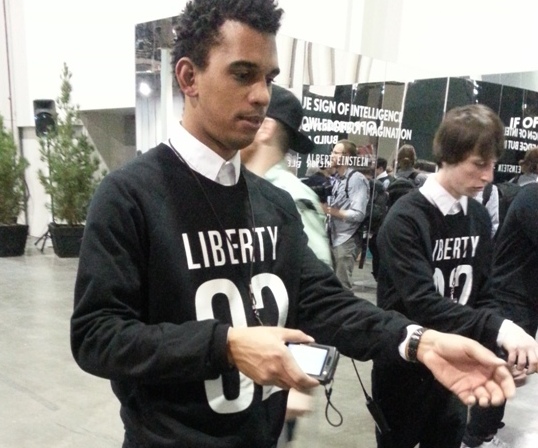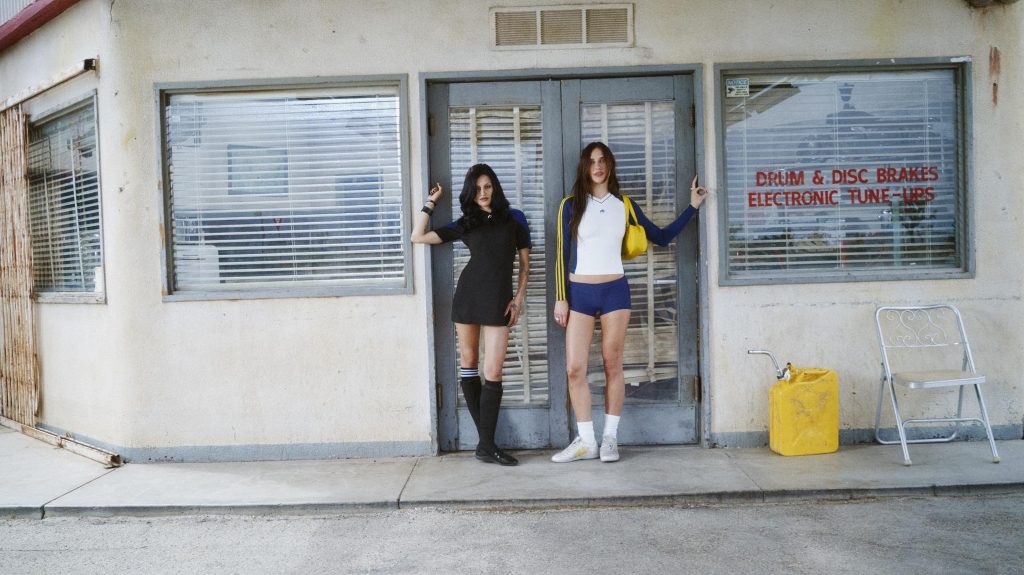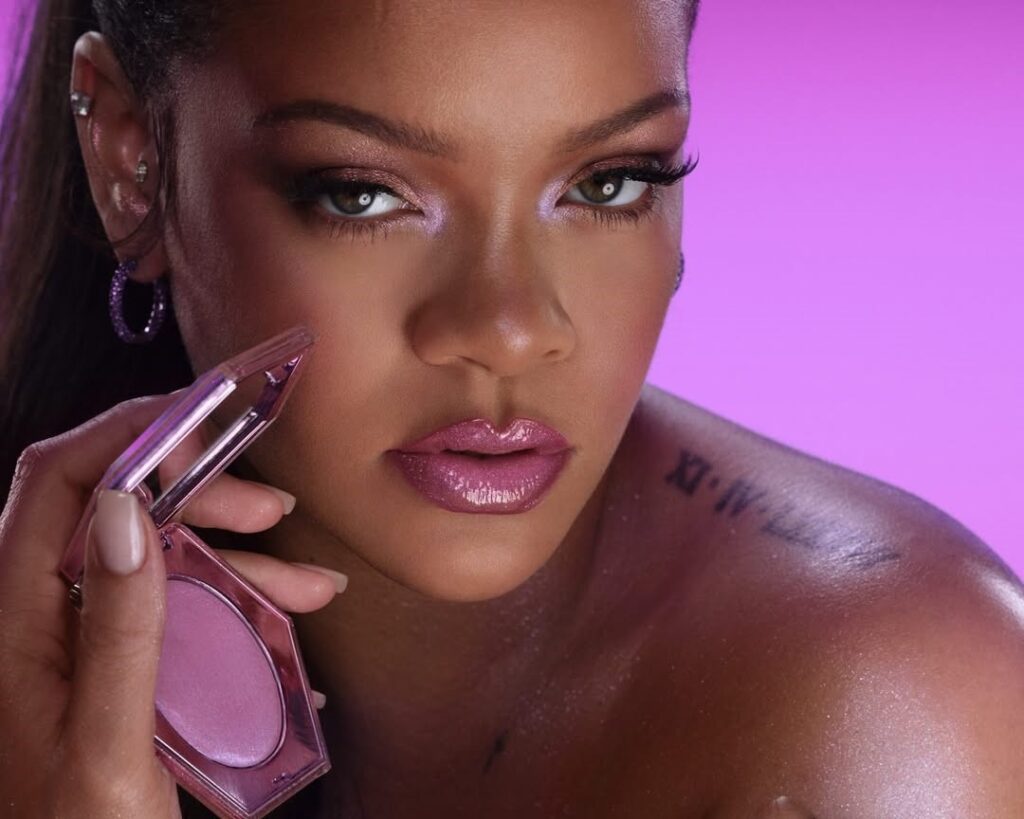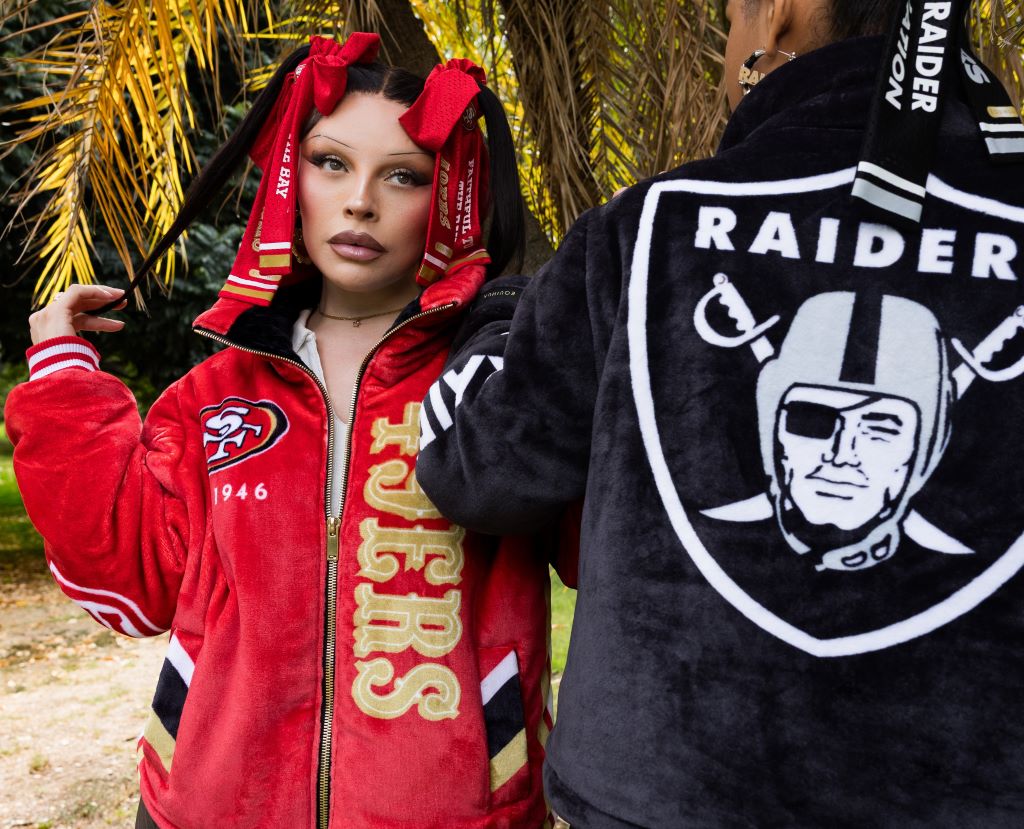Liberty Fairs and Agenda have now held their second Las Vegas trade shows and it’s clear that they, along with Capsule, are starting to have an impact on the Vegas trade show landscape, in particular their main competitor, Project Show.
To catch everyone up, Liberty Fairs was launched by Sam Ben-Avraham in 2013. Starting with its first show trade show held in Vegas in August, Ben-Avraham formed strategic alliances with other trade shows most notably Capsule and Agenda. Show badges for the recent February show entitled visitors to enter Reed Exhibitions-owned Capsule and Agenda (which launched its first Vegas show in August), all three of which were housed in close proximity of each other in the Sands Expo. Ben-Avraham knows quite a bit about the trade show business because he was the original founder of Project. Launched in 2003, he sold it to Advanstar Communications in 2005 for about $38 million.
Off the record, myself and my co-editor, Samia, chatted with attendees, both buyers and exhibitors, at both shows to understand how the new competition is impacting Project, which according to a February 2013 WWD article, is “home to 2,000 men’s and dual-gender brands.” We know Project well, myself from attending it for many years, plus Samia and I were members of the show’s Marcuc Troy led “Blogger Project” for the past two years.
Strictly from observation, it’s clear that the troika of Sands show in Vegas has spurred some notable Project defections, including G-Star moving its booth to Liberty starting in August and Reebok making the move to Agenda in February. And according to a men’s shoe vendor and former Project exhibitor it’s not about better pricing. Without providing exact numbers the vendor said the cost of a Liberty booth was about 10 percent higher than Project.
The hook for Liberty exhibitors is belief in Ben-Avraham and his talent for creating fertile grounds for brands who pride themselves on staying on the leading edge of the creativity curve. One accessories vendor who left Project to show with Liberty’s inaugural show said as much, stating that wherever Ben-Avraham goes, the brand will follow. And the brands who show at Liberty are part of a select group, in other words only those that are approved get to sit with Ben-Avraham. The dilemma for the show will be how to limit growth or what to do with brands that go past the cool phase, an issue he didn’t have to face with Project because he sold the show after just two years.
Projects growth since it was purchased, has benefited Liberty and Agenda, where several vendors say the show has provided a more welcoming environment for their youthful-feeling skate and streetwear brands. Once exhibitors at Project’s Slate which then became MVMNT, they spoke of their Project sub-sections as often feeling like a marginalized fit, either segregated into out of the-way-spaces or mixed in with brands with which they had little in common. For them, one of Project’s biggest strength, its vast size and scope, became a weakness that left open a back door for defection.
One of the set ups that works so well for Liberty, Agenda and Capsule is that they are each distinctive shows with unique spaces, but at Sands they literally are on a level playing field with one connected to the next. It’s a set up that feels similar to different exhibits on the same floor of a museum.
As much buzz as Liberty & co. is generating, several said Project remains a must-attend. A footwear exhibitor who had booths at both Liberty and Project said while there was more media at Liberty, there were more buyers at Project. And especially for retailers with a more mainstream customer (in other words, the majority of shoppers), the show has big-name brands like Joe’s Jeans among others, who are leading sales drivers. Several buyers said they viewed Liberty and Capsule attendance as important to track upcoming trends and spot items that could round out their floors but not as one with brands that would lead sales.
When Liberty first launched there was a lot of grumbling that there were too many shows, with buyers unnecessarily being pulled in a lot of different directions. No one seemed to have that complaint in February. Probably the new troika of shows are succeeding because there were multiple vendors and buyers who weren’t being served sufficiently.
And yet, as big, powerful and well run as the Advanstar-owned Project is, it’s unlikely that it will simply concede the up-and-coming space to Liberty and company. Though at this point all trade shows organizers are aware there is a need to offer vendors more than just a cool collection of brands. Given the rapidly shifting retail environment, the key to long term growth will be teams of talented creatives focused on innovation that are in step with the industry’s online transformation. After all, if the current line up of shows are too set in their ways to offer new ways of conducting business, they create fertile grounds for someone new and nimble to create a very enticing back door.






